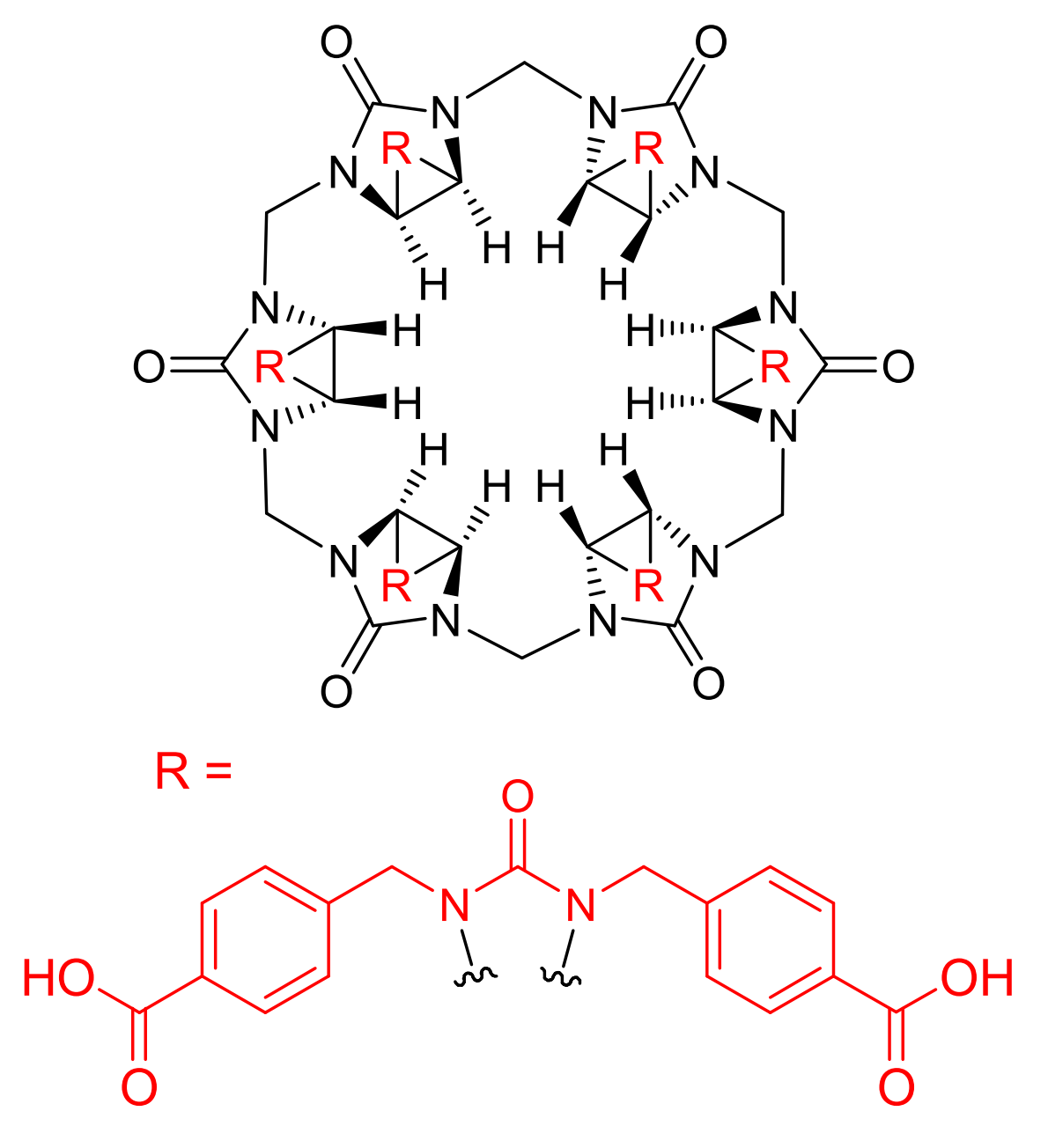Binding Properties
| 𝜈 | Molecule 1 : 1 Host | ||
| Ka = | 1.40⋅105 | ± 1.00⋅104 | M-1 |
| Kd = | |||
| logKa = | |||
| T | 30.0 °C | ||
| Energy | kJ mol-1 | kcal mol-1 | |||
|---|---|---|---|---|---|
| ΔG | = | -29.87 | ± 0.18 | -7.14 | ± 0.04 |
These are the specifications of the determination of the experimental results.
| Detection Method: | Competitive | ||
| Assay Type: | Competitive Binding Assay | ||
| Technique: | Nuclear Magnetic Resonance | ||
Detailed information about the solvation.
| Solvent System | Complex Mixture | |
| Solvents | Deuterium Oxide | 100.0 % |
| Additives | Dipotassium deu... | 20.0 mM |
| Total concentration | 20.0 mM | |
| pH | 7.1 |
Please find here information about the dataset this interaction is part of.
| Citation: |
V. Havel, V. Sindelar, M. Babiak, SupraBank 2025, Modulation of Bambusuril Anion Affinity in Water (dataset). https://doi.org/10.34804/supra.20210928363 |
| Link: | https://doi.org/10.34804/supra.20210928363 |
| Export: | BibTex | RIS | EndNote |
Please find here information about the scholarly article describing the results derived from that data.
| Citation: |
V. Havel, M. Babiak, V. Sindelar, Chem. Eur. J. 2017, 23, 8963–8968. |
| Link: | https://doi.org/10.1002/chem.201701316 |
| Export: | BibTex | RIS | EndNote |
Binding Isotherm Simulations
The plot depicts the binding isotherm simulation of a 1:1 interaction of Br- (0.00014285714285714287 M) and Dodeca(4-carboxybenzyl)bambus[6]uril (0 — 0.00028571428571428574 M).
Please sign in: customize the simulation by signing in to the SupraBank.





